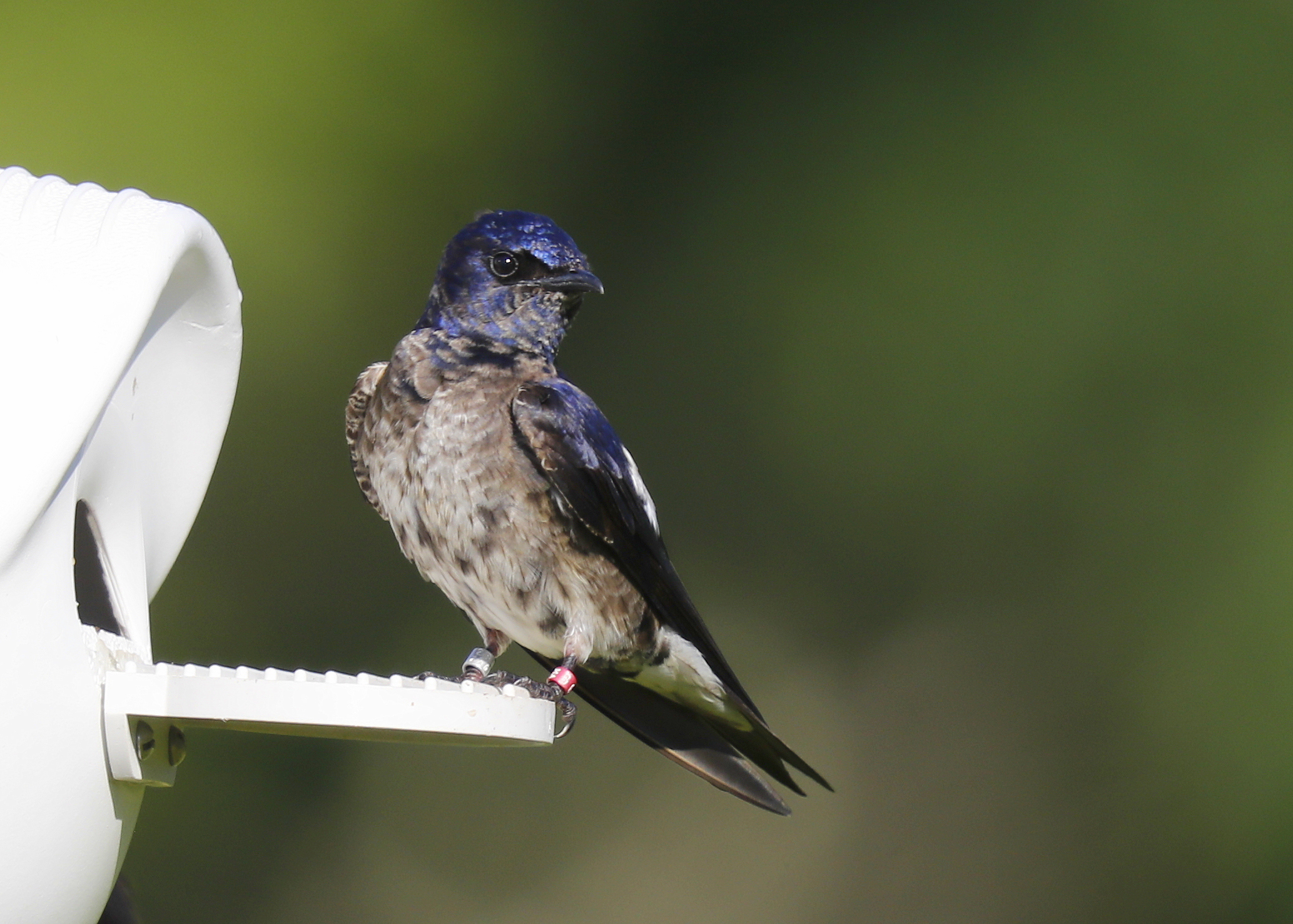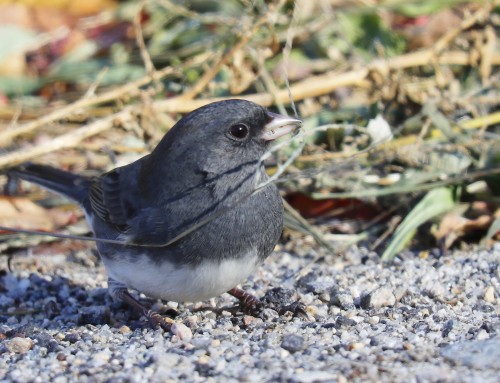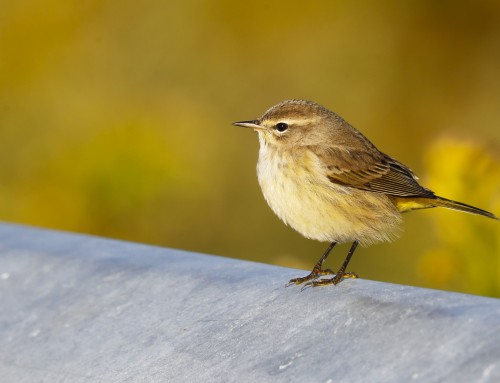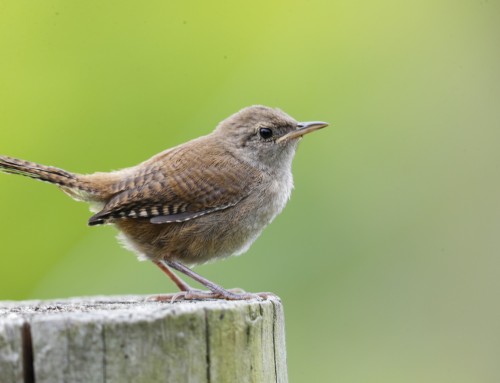June 28, 2024: Purple Martins around Cape Cod rely on manmade housing for successful breeding. They nest in groups, prefer open spaces, and benefit from regular monitoring and cleaning to maintain populations. In 2023, there were 29 breeding pairs in Falmouth, with 222 fledged birds. This female with leg bands, was recently seen at Ashumet Holly Wildlife Sanctuary in East Falmouth.
Purple Martins (Progne subis) are known for their communal nesting habits and often depend on human-provided housing for successful breeding, especially in the northeastern United States, including on Cape Cod. Here are some key aspects of their nesting colonies:
Nesting Structures
– Man-Made Housing: Purple Martins primarily nest in man-made structures such as birdhouses and gourds. These structures are typically placed in open areas near water, which provides abundant insect food.
– Colonial Nesters: They are colonial nesters, meaning they prefer to nest in groups. A typical Purple Martin house can accommodate multiple pairs, with each pair occupying a separate compartment.
Preferred Locations
– Open Spaces: They prefer open spaces such as fields, meadows, or parks, which allow them to easily hunt flying insects.
– Near Water: Proximity to water bodies like ponds, lakes, or rivers is ideal as these areas have high insect activity.
– Human Presence: They are often found near human habitation, as they have become accustomed to nesting in human-made structures.
Nesting Season
– Arrival: Purple Martins typically arrive in Massachusetts in late April to early May, migrating from their wintering grounds in South America.
– Breeding: The breeding season runs from late spring through mid-summer. During this time, they build their nests in the provided housing.
– Nesting Material: They use a variety of materials for nest building, including twigs, leaves, mud, and grass.
Colony Maintenance
– Monitoring: Regular monitoring of the housing is crucial to ensure it remains suitable and to manage potential issues such as competition from other bird species or predation.
– Cleaning: After the breeding season, the housing should be cleaned to prepare for the next year’s arrivals.
Population Trends
– Conservation Efforts: In Massachusetts, efforts to provide suitable nesting sites and to educate the public about the needs of Purple Martins have been important in maintaining and increasing their populations.
In summary, Purple Martins on Cape Cod thrive in colonies housed in human-made structures placed in open areas near water. Proper maintenance and monitoring of these nesting sites are essential for their successful breeding and conservation.







Leave A Comment
You must be logged in to post a comment.